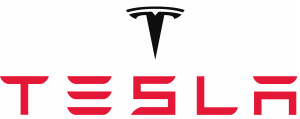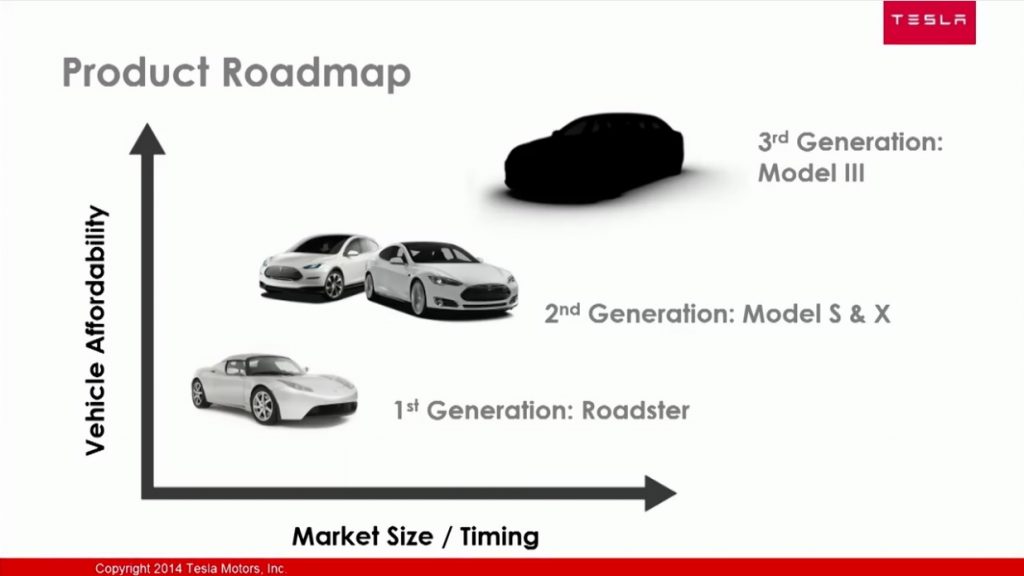 According to Vic Tung’s post on NEW LESSONS FROM MASSIVE CHINESE BLOCKBUSTER SUCCESS, he talked about how Hollywood changes the strategy to step into Chinese film market by sponsoring a local blockbuster, Wolf Warrior II.
According to Vic Tung’s post on NEW LESSONS FROM MASSIVE CHINESE BLOCKBUSTER SUCCESS, he talked about how Hollywood changes the strategy to step into Chinese film market by sponsoring a local blockbuster, Wolf Warrior II.
Personally, I’m not into films on the topics of politics and wars; however, during Summer vacations, I could find Wolf Warrior II almost everywhere in China — social media, subways, shopping malls, etc. Everyone was talking about this movie. I finally went to the theatre out of my curiosity, and there were no empty seats left even it was one month after the movie came out. Admittedly, it is a successfully commercial product. It knows how to grab audience’s attention by ‘heroism’ and ‘patriotism’, giving people a sense of ‘masculinity” of Chinese soldiers at the same time. Wolf Warrior II continually breaks historical records of the film industry, not only within China, but also among the world. Its box office hit more than ¥1 billion(≈$190 million CAD)in less than 5 days, and ¥5.68 billion(≈$1.1 billion CAD)in total over 3 months.
Despite the fact that the director, Jing Wu, cooperated with the Action Team of Captain America, the Underwater Photography Team of Pirates of the Caribbean, and the Background Music Team of Hollywood, I don’t think the movie itself is fully dependent on the support of Hollywood and as a step for Hollywood to get into China’s market, which I disagree with Vic’s point. Hollywood, as the top movie industry in the world, does not need to further develop in a particular market, and it is an honor for Wolf Warrior II to learn from and be compared with such a mature product line.
However, what bring Wolf Warrior II to its massive success? From a business perspective, there are 3 prominent contributors.
1.Value Proposition: It accurately puts itself into a position where has a market vacancy. As mentioned above, the emphasis on patriotism, collectivism and individualistic heroism with fighting scenes and uplifting visual effects satisfy all of the domestic audience, making them excited.
2.Channels(Brand Effect): It delivers the right thing to the public at the right time using the right method. Its release date was just around the 90th Chinese Army Day. Besides the firm foundation laid by Part I, Wu is well-known for his heroic and steel-willed character. The choices of actors are also highly cost-efficient.
3.Marketing: It continued creating the hottest topics on social media to attract public’s attention from the time it started filming until it finally stepped out of the big screen.
As a result, besides gaining some experience from Hollywood, the movie’s success is more of its own strategy. Although Wolf Warrior II still has lots of room for improvements, Chinese Film Industry has already taken a big step up after the downturn. I hope the industry could keep progressing, and could be recognized by more people around the globe.
Word count:473
*All images above are hyperlinked.

 In
In 
